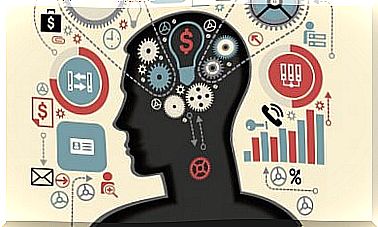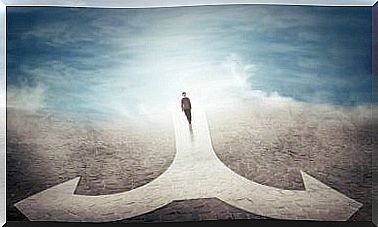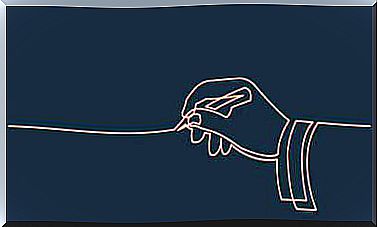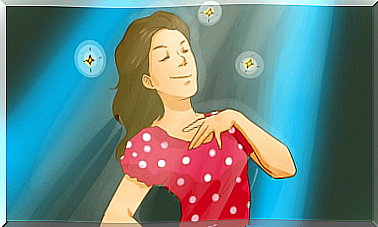Does The Gaze Induce Altered States Of Consciousness?
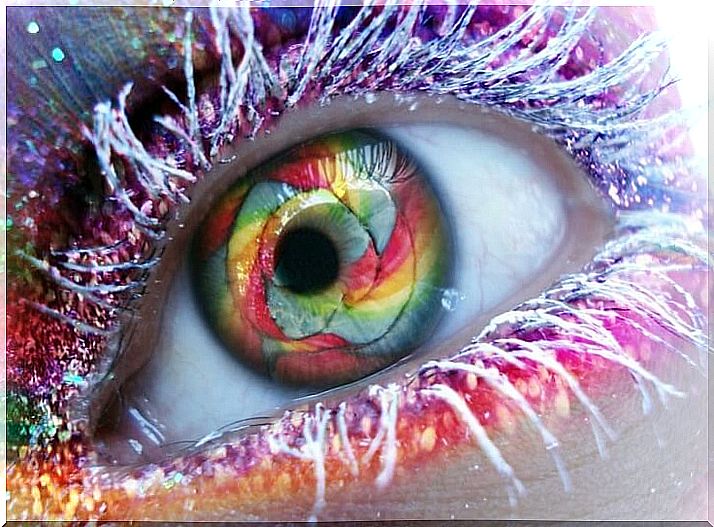
The first time that gaze was discussed as a factor that affects the consciousness of others was two centuries ago. Franz Anton Mesmer, an Austrian physician and philosopher, was the one who laid the foundations for what would be called the “Theory of Animal Magnetism.” According to his postulates, the human body would radiate energy just as other bodies do. That energy, in turn, would influence other bodies.
Based on these approaches, James Braid, a Scottish doctor, coined the term “hypnosis” and indicated that “sustained fixation of the gaze, paralyzes the nervous centers of the eyes and their dependencies, which by altering the balance of the nervous system produces the phenomenon ”.
One of the hypnosis methods that developed from this understanding of influence was the “gaze technique.” Halfway between belief and knowledge, this technique is applied while conversing and staring into the other person’s eyes at the same time. Thus, phrases are introduced that suggest it, so that it enters that kind of intermediate state between wakefulness and sleep that we know as hypnosis.
More recently, a study appeared carried out by the researcher Giovanni B. Caputo, from the University of Urbino in Italy, in which it appears that the gaze induces altered states of consciousness. This information has not been corroborated by other contemporary studies, so it is presented simply by way of illustration.
Caputo’s studies on the gaze
Giovanni Caputo gathered 50 volunteers to carry out his experiment on the gaze. In principle, he formed 15 couples. The members of each pair had to sit face to face, less than 1 meter apart and look their partner in the eye for 10 minutes.
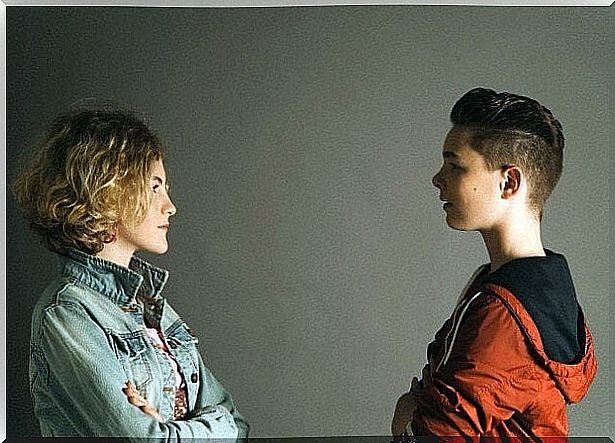
Another group stayed in an adjoining room and did the same exercise, but this time they did not have to look at another, but at themselves in front of a mirror. In the end, both group 1 and group 2 answered a questionnaire that had been prepared for the investigation.
According to the responses Caputo obtained, 90% of those who participated in the experiment had hallucinatory experiences, in both groups. They said they had seen deformed faces or monstrous figures. They also indicated that they had experienced feelings of being “outside” of reality. Based on this, it was concluded that the gaze induced altered states of consciousness.
Another gaze experiment
With a completely different goal, the organization Amnesty International conducted an experiment on the gaze. It started from a statement made by the social psychologist Arthur Aron: that looking at a person for 4 minutes generates an unsuspected proximity.
What Amnesty International did was do a small experiment in pairs made up of a European citizen and a refugee from another country in the world. He simply asked them to face each other and look into each other’s eyes for 4 minutes. What they wanted to prove is that many prejudices disappear when you take the time to see and look at the other, no matter how different they are.
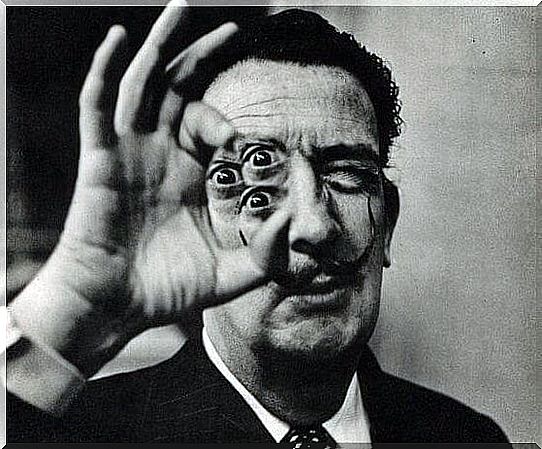
Without exception, all those who participated in the experiment managed to feel close to the person in front of them. Without exception too, they started affectionate conversations and developed mutual empathy. The expected was proven: it doesn’t matter where you come from, or what language you speak, or what the color of your skin is. At the end of the day, there is a human being in you that I can recognize.
The enigmatic world of the gaze
The gaze has always been a source of questions and fascination for human beings. There are many myths associated with the power of the gaze. The best known is that of “Medusa”, the mythological figure who turned everyone who looked at her to stone. There is also the myth of “Tiresias”, the blind man who in turn could see the future.
The gaze has so much power that it builds meanings on its own. Every gaze has an intention: sometimes it is to recognize, sometimes it is to make invisible. When you look and when you don’t look, there is an effect. Loving glances are “gazes” or “admiration.” Envious looks give rise to the “evil eye.” Hateful looks kill, or are like daggers.
On the side that “is looked at”, the look has influence. In that sense, it is valid to say that they create or modify the consciousness of the person being looked at. The look is confrontational and leads someone to assume that they are “seen” or “ignored”. As “uncovered” or overlooked. The eyes, those mirrors of the soul, are a window through which one escapes and through which one enters the world of human beings.
